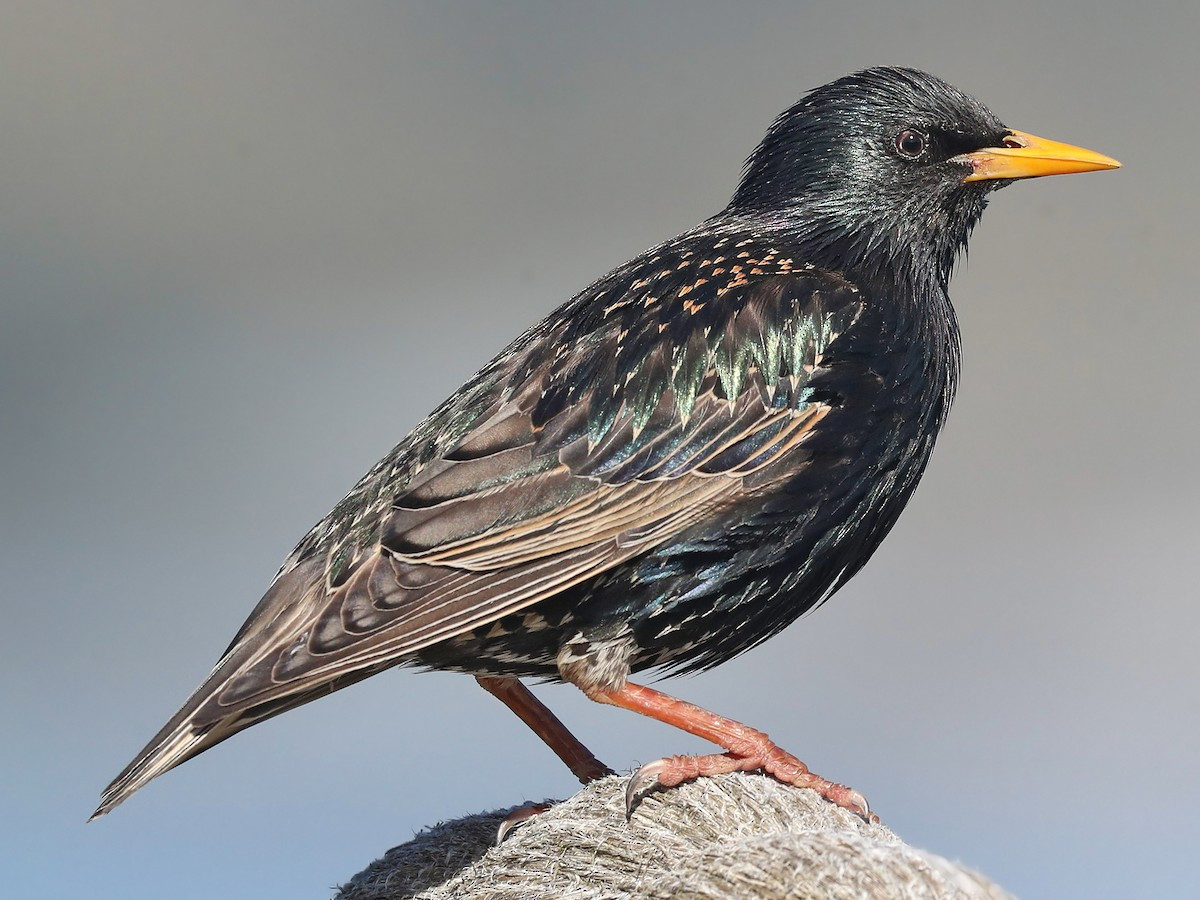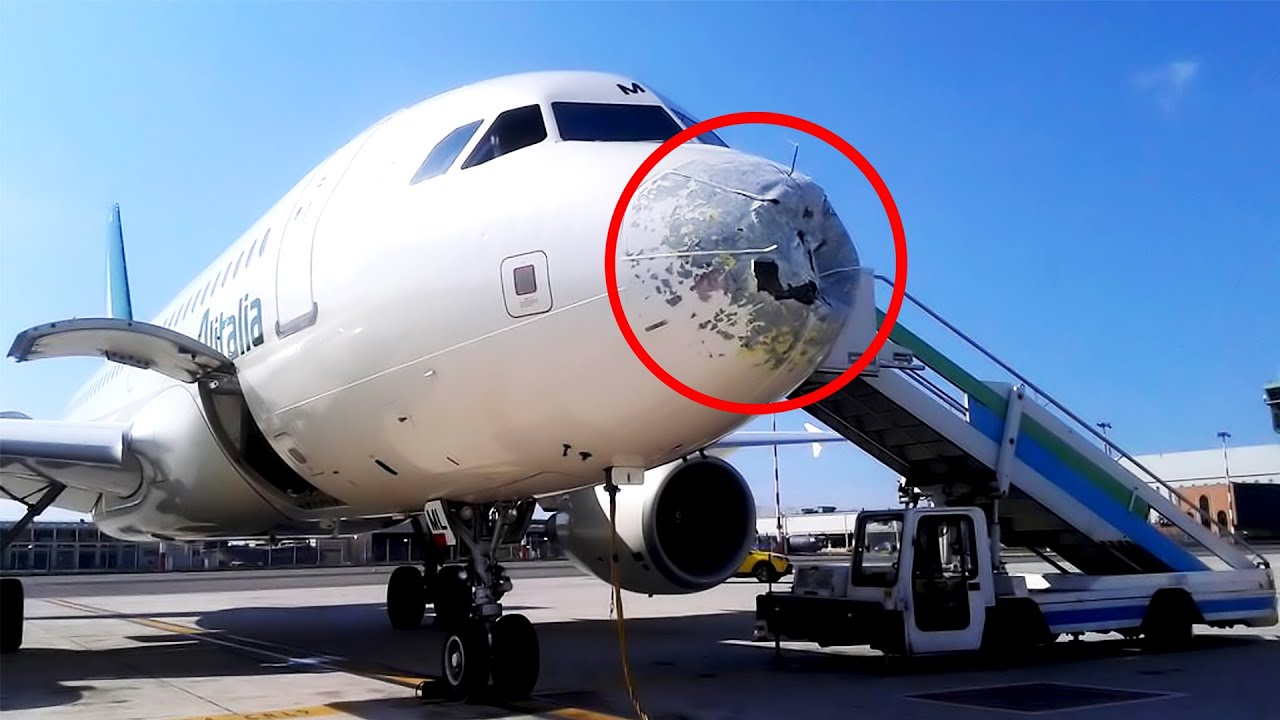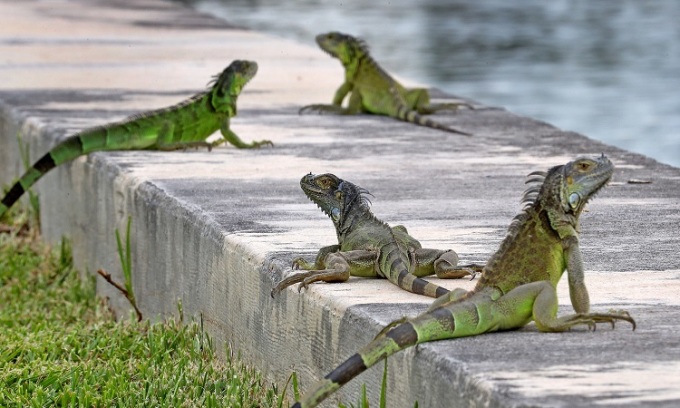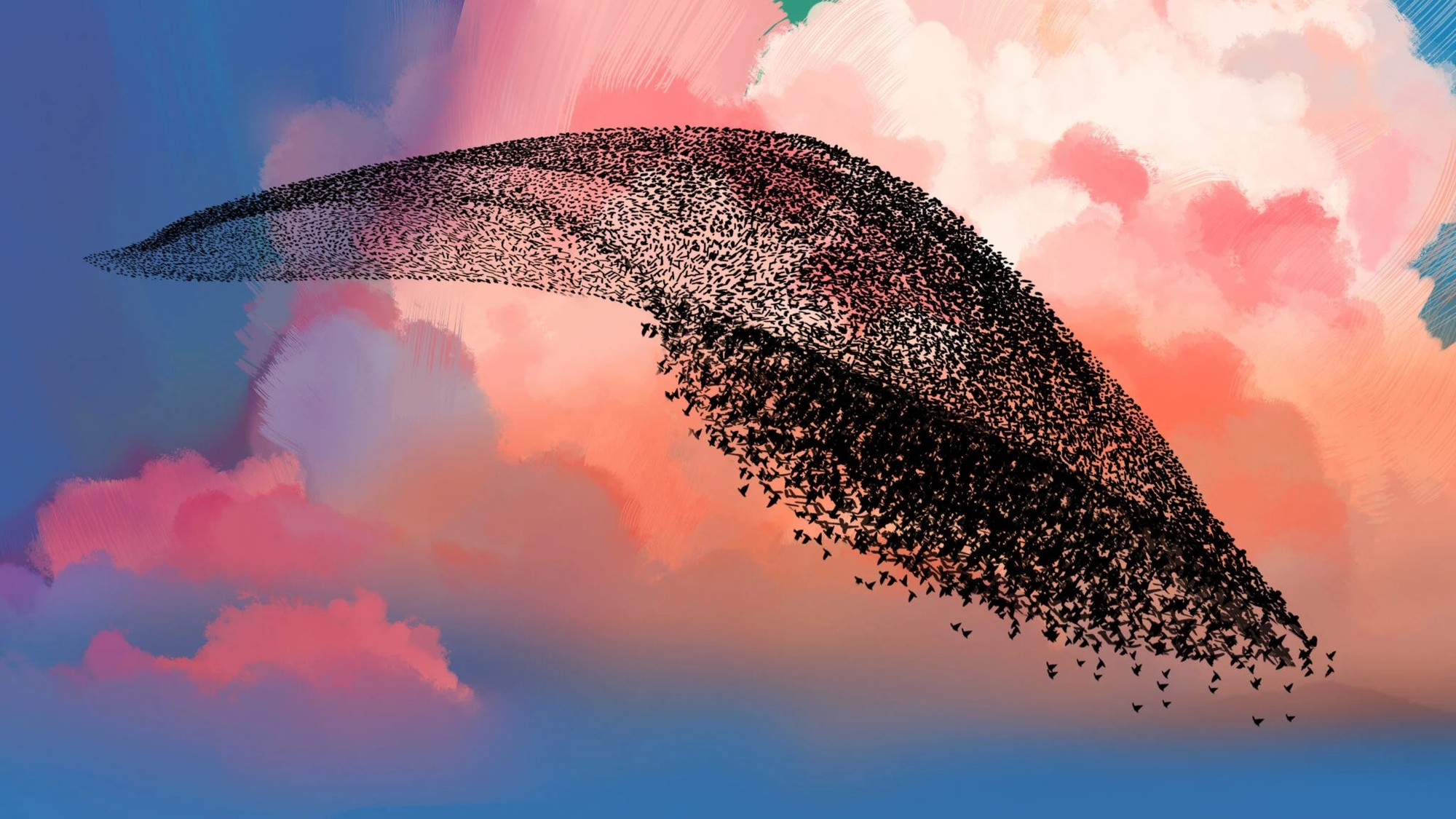Releasing exotic animals into new environments can lead to serious impacts. Because this behavior can make it difficult for these animals to survive and affect the local ecological balance, even causing species invasion.
The story below is an example.
In the 1920s, a number of exotic animals were introduced to the United States. During investigations in Europe, a member of the Domestication Society in America, discovered a local bird called the starling , also known as the European starling . This bird has smooth plumage, gray-black wings, and black plumes around its neck.

According to experts, animals’ living environments should follow certain rules, because if changed artificially, very serious consequences can easily occur.
Ignoring the objections of other experts, this man returned to America with 60 starlings. The expert hopes that this bird can breed in America and bring different colors to the American sky.
Initially, experts were worried whether this flock of exotic birds could withstand the cold in America. But unexpectedly, these starlings not only survived the harsh cold but also reproduced quickly. Accordingly, in just a short time, the number of starlings from the original 60 birds increased to thousands. This flock of birds has brought “disaster” to America.
By 1960, the number of European starlings in the US had increased to 200 million and officially became an aerial threat in this country. Starlings often fly in flocks in large numbers, “dominating” the skies of many native birds.

However, this is not the worst. Because according to statistics, more than half of the plane crashes in the US in the 1960s were due to collisions with flocks of starlings.
On October 4, 1960, a Lockheed L188A Electra aircraft took off from Logan Airport (USA). But unexpectedly, just a few minutes after takeoff, the plane collided with a flock of starlings. Specifically, some starlings were also sucked into airplane engines, causing unexpected power outages and eventually causing aviation disasters.
This plane crashed into Winthrop Bay and killed 62 people. After investigation, authorities found 75 dead starlings on the runway.
According to experts, large aircraft can continue to fly after a collision with a bird weighing a maximum of 2 kg. However, even small birds like starlings can damage a plane’s engine after a collision.
Starlings also eat crops and fruit, causing great loss to American agriculture. According to preliminary calculations by authorities, the United States loses about 1 billion USD each year due to this exotic bird.
Although the US has allowed hunting of starlings, the reproduction rate of this bird is too fast. According to experts, even if one million starlings are killed each year, they are still numerous and dominate the American sky.

In addition to starlings, America also had a headache because of the raging and invasion of green iguanas. This is a native animal in Brazil and Mexico. Green iguanas first appeared in south Florida (USA) in the 1960s after some residents released them into the wild when they found them too large.
Unexpectedly, due to adapting to the post-subtropical environment in Florida, the number of green iguanas increased rapidly. Authorities have tried to deal with the increase in iguana numbers by hiring a private company to conduct patrols in parks and public places in 2020. Although more than 200 iguanas were removed, but The number of this animal continues to increase.

The relationship between humans and nature is very close. Both sides have their own balance. Once the balance of one side is broken, the other side will definitely be affected. Therefore, humans should stay out of the way and should not interfere in any form of competition in nature. If you do the opposite, it will disrupt the ecosystem, leading to consequences that are difficult to overcome.
Starlings are small birds like sparrows, but they have a divided tail and a long, slender bill. Each large flock of starlings can have up to hundreds of thousands of birds. The European starling is a bird that easily adapts to different climates and geographical regions. Studies show that they often form clumps when flying to protect themselves from predatory birds.
![]()





